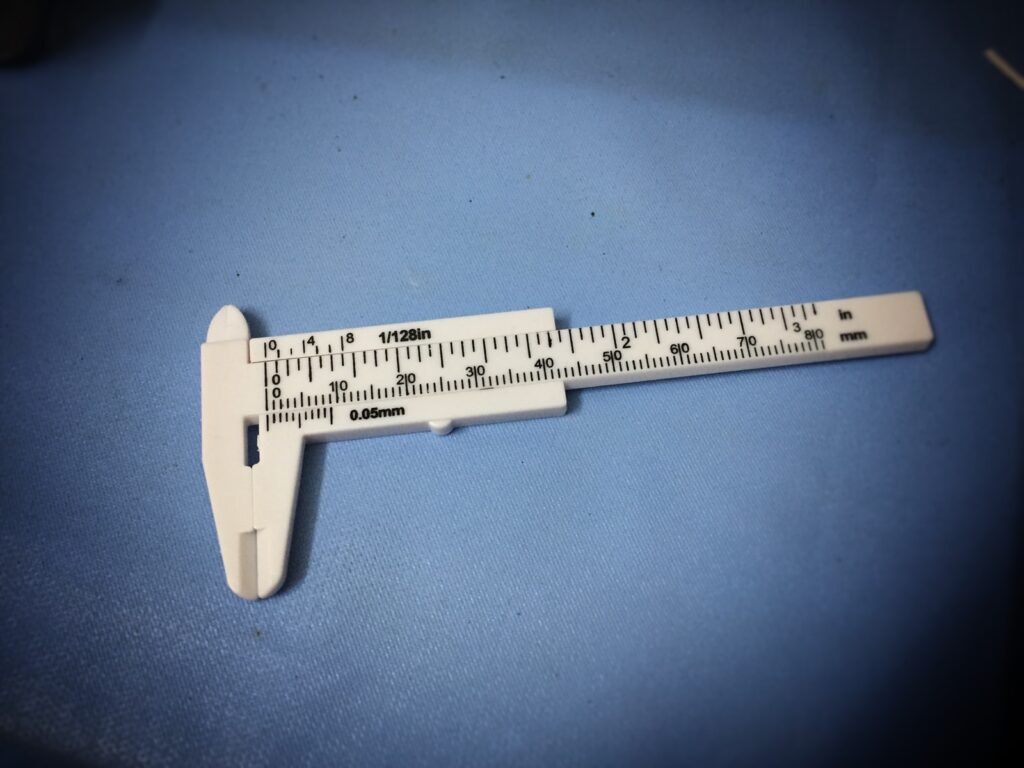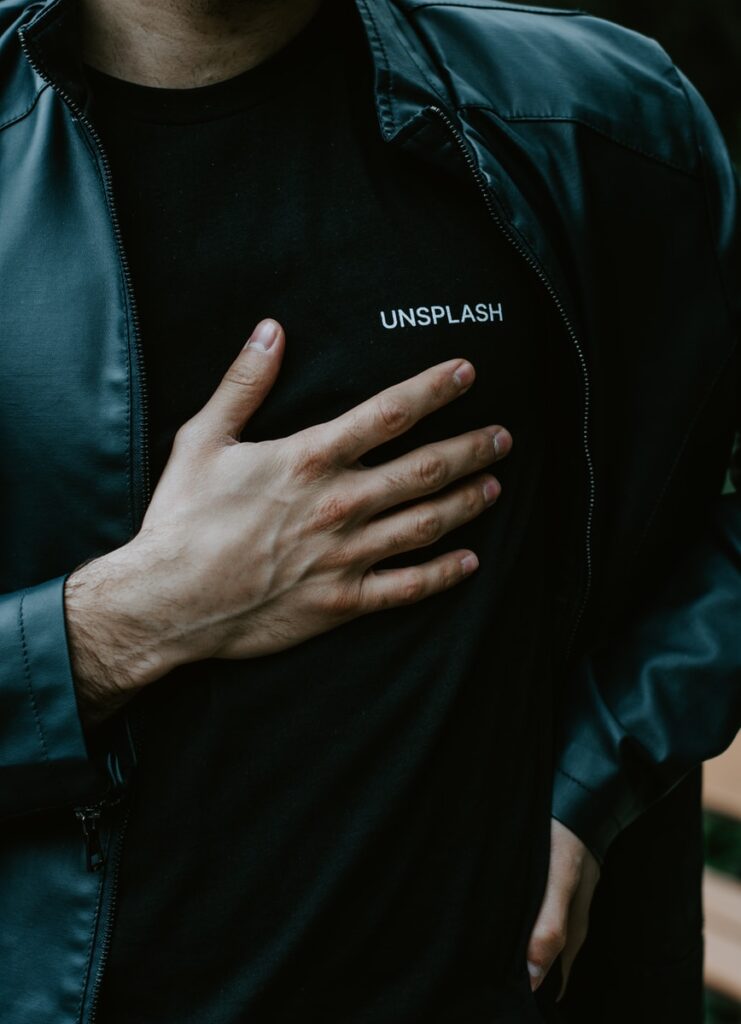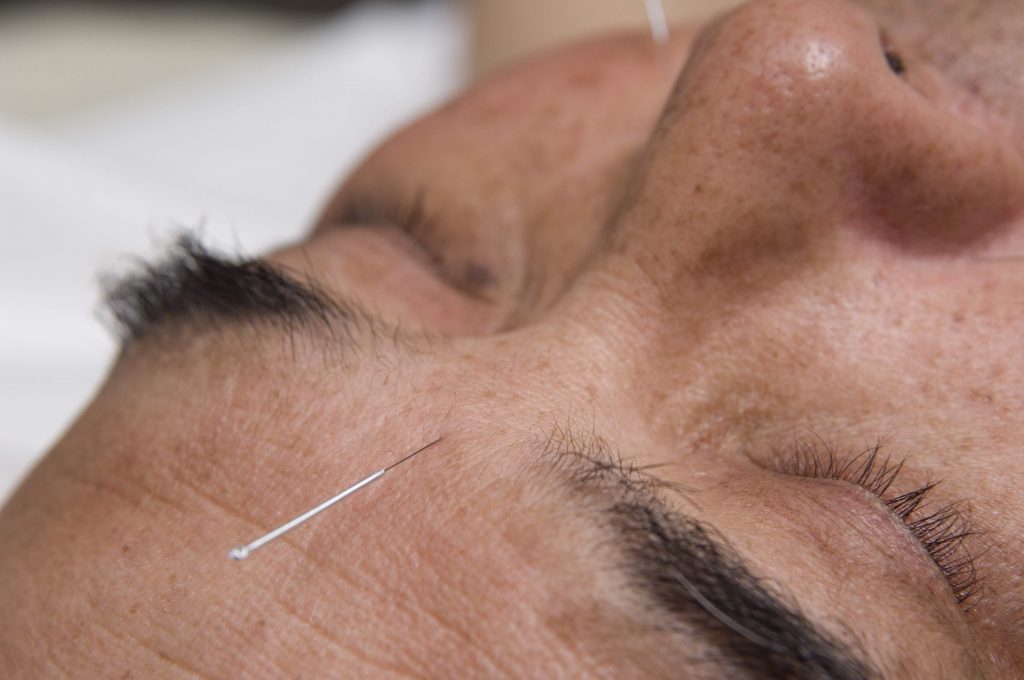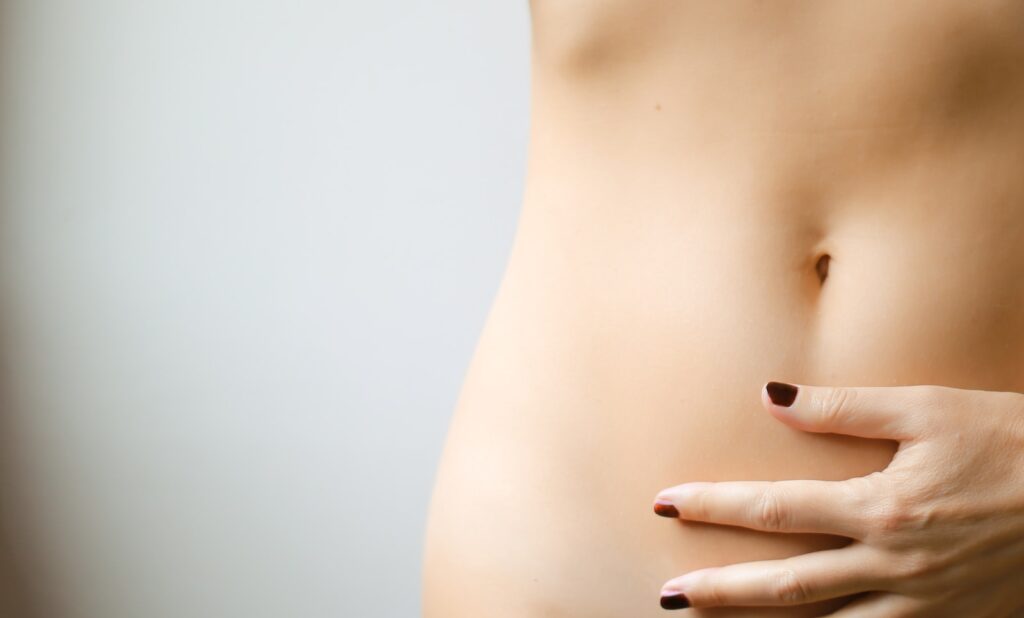Subscribe to the Newsletter
If you are interested in understanding how Traditional Chinese Medicine can improve your life sign up to my newsletter for the latest updates.

Key Learning Points
Pericardium 6, Neiguan, Inner Frontier Gate, is an acupuncture point lying on the Pericardium channel. Known also as Neiguan or Inner Gate, this is a famous point! It’s being prodded and poked all over the world because anyone feeling sick, especially if pregnant or seasick, believes it steadies the vomiting reflex.
Where is it and how does it work?
What’s more, does it work?
And is there anything else special about it?
Yes!
Find your wrist crease on the palm side of your arm.
Measure up your arm about two thumb widths from the middle of the crease.
Find the two tendons running up your arm under the skin (still on the palm side of the arm).
Your Pericardium 6 Acupuncture Point is usually between those tendons, that distance from the crease.

More accurately? Measure the distance from your wrist crease to your elbow crease. Divide this distance by 6. The point is one sixth of the way up the arm from the wrist, between the two tendons.
However, even that isn’t necessarily quite right because everyone is different. If you’re feeling sick or if you’re having problems in your chest of abdomen, the place where the point is may be tender to touch. You’ll have to feel around for it.
With the palm of your hand facing you, extend the hand backwards. Then let the fingertip (of the other hand) glide along the skin from the centre of the wrist crease towards the elbow crease between the two tendons.
Often there is some tenderness when you get to the point or very near it. Don’t press too hard. Usually your fingertip will catch when you get to the point.
Needle Pericardium 6 vertically and carefully, as many people have important nerves running along near the point.
If you touch the nerve they’ll get a funny-bone feeling down the arm to the finger tips, and they’ll certainly tell you. (Getting this sensation doesn’t mean you missed the point, but you may want to try again nearby.) No need to go deep.
Indeed, if you go too deep the patient may get a stronger sensation than is necessary, and you could find that you’ve penetrated through to another acupuncture point normally reached from the other side of the arm – WeiGuan – Triple Burner 5.
Of course, skilled acupuncturists often want to do both points at the same time, with just one needle: it depends on what treatment is intended.

Moxibustion: up to 6 small cones. The skin here is usually thin and most people quickly notice the heat, but older people’s reactions are slower so be cautious when using moxa on this point with them.
Once you’ve found Pericardium 6, gentle massage is usually all that is necessary. You don’t need to dig deep.
Just gently massage the tenderness away. As the tenderness goes, and if this point is the appropriate acupuncture point for whatever condition you are treating, (though if it’s nausea, it may NOT be,) you’ll usually find that the condition improves.
You can buy wrist bands with a raised part that you arrange to press on this point.
Is this a good idea?
Theoretically no, because you are pressing on an important acupuncture point with many deep-acting properties, and you’re doing it all day and night. It’s like keeping your foot on the accelerator all the time: likely to make things happen that you don’t want.
For brief spells it may not matter but please! not all the time!!
Besides: over-use of any acupuncture point tends to make it eventually less effective.
BUT, we hear you say, doesn’t the wrist strap of most watches lie over the point?
Yes, but it doesn’t press the point more than the rest of the arm, so doesn’t seem to have the effect of ‘treating the point’.
You can read more about this under ‘ACTIONS’ further down this page, but to give you an idea of what it does, think about the meaning of the word ‘pericardium‘. The Chinese name for the channel this point lies on is actually ‘The Pericardium Channel of Hand Absolute Yin‘. Pericardium means ‘around the heart‘ and the channel starts in that area, deep inside the chest.

Absolute Yin also shows you that we are talking about the inside of the body, the space that needs most protection but which also, when working properly, can be most stable and, for you, stabilising.
(Want to know more about Yin, and Yang? Click here for an introduction to this huge and important concept in Eastern thought.)
One branch of this Percardium channel then descends into the abdomen through the diaphragm and another branch emerges on the skin on the side a couple of inches (actually 3 ‘divisions’) below the axilla – your armpit.
From there it ascends to the axilla and then down the inside of the arm, running between the Heart channel and the Lung channel, to the elbow wrist and palm, ending at the tip of the middle (longest) finger.
The connection with the diaphragm is vital. We think of the lungs are being the only organ which we can control voluntarily. You can breathe deep or shallow, fast or slow: it’s up to you.
You can’t usually make your heart beat faster or slower, you can’t make your liver work more efficiently, your stomach digest faster, your kidney filter faster … All these other actions are involuntary.
Admittedly you can decide whether or not to pee, but if you’re frightened or anxious you may find you don’t have much choice even there.
But you can still to some extent control your breathing: speed it up, slow it down, breathe more deeply, more shallowly, hold your breath, sing loud or soft …
But it’s not just your lungs you control, it’s your diaphragm, a huge internal muscle that arches over the top inside of your abdomen keeping your stomach, liver, intestines and all the rest of it below, and your lungs and heart (and pericardium) above.
When you take a deep breath, you retract the diaphragm, pushing down on the abdomen and its contents and expanding the lungs.

If you’ve had an enormous meal, you may find you can’t breathe quite so deeply. That’s because you’ve filled the space below too full and only by sticking your stomach out can you breathe in. Not so easy if your waist band is tight.
The Diaphragm is associated with the pericardium. The point on the pericardium channel of the hand absolute yin called Neiguan, or ‘inner gate’ or ‘inner pass’ is this Pericardium 6 (P6) acupuncture point.
Here then is a point with a name suggesting a way into that inner area round the heart and controlling the diaphragm and the other organs nearby, notably the stomach and womb.
Of course, other acupuncture points influence these organs too, which is why Pericardium 6 isn’t always the most effective point for nausea – see my story below. Everything in the body interconnects with everything else either directly or through physical or energetic links.
So in Chinese medicine, Pericardium 6 is used for:

Its action is that it is said to release, relax or unbind the chest area and thereby to steady the qi.
Doing that means that it steadies the Heart, which means that it helps you to become calmer.
By controlling the diaphragm area it can steady the actions of the stomach, reducing the tendency to vomit.
Being a Yin channel, it has the power to control Yang excess, so it can help clear Heat from the system.
It is also a Master point for one of the Extraordinary meridians, called the Yin linking channel. Guess what the Yin Linking channel does? It nourishes Blood, in particular the Blood of the Heart and it links all the Yin channels.
So the Pericardium 6, P6, acupuncture point opens up the connections between all the Yin channels to support the Heart and its Blood – which, after all, keeps us alive.
So it is an important point, and a good deal more so than just a place to stop yourself feeling sick.
Correctly needled, the sensation at the P6 acupuncture point radiates either down to the fingers and/or up to the elbow. The chest is often where you feel the strongest reaction as it does its work.
No it doesn’t. Sorry.
Why not? Because sometimes the P6 acupuncture point is not the right acupuncture point for the job.
Not all chest or abdominal problems, including nausea of pregnancy or seasickness, will respond to it.
For example: I remember treating one pregnant woman who, unable to eat because of nausea and vomiting, had lost several stones in weight and was unable to stand.

She was in grave danger of losing her baby: her doctor wanted her to go to hospital but she lived on a top floor and they thought there was considerable danger that being carried down 8 steep flights of steps, the ambulance and the general shock might cause a miscarriage, which she’d had before.
So they agreed to let her try acupuncture first.
They’d already tried acupuncture from someone else at Pericardium 6.
Her problem I diagnosed was to do mainly with her Foot Yangming Stomach meridian. One treatment on that and an associated meridian and she was able to start swallowing. After a second treatment two days later she was able to stand.
She had two more treatments after which she felt fine and bore a healthy baby a few months later.
A fact sheet prepared for the the British Acupuncture Council, 7500 words long, which looks at research in post-operative nausea and vomiting and the use of acupuncture – mainly Pericardium 6, reviews 40 trials and almost 5000 patients. It found acupuncture significantly better than sham treatment and ‘at least as good as anti-emetic drugs, with minimal side-effects’.
We’ll spare you the whole document and all the references.

Stay in Touch!
No spam, only notifications about new articles and updates.

Book a Video consultation if you want to know more about your symptoms


The point is often used in combination with other points.
If you have read this far, you will have noted that this point is an excellent point for Qi Stagnation, one of the commonest syndromes in Chinese medicine, also the subject of a book I wrote, see below.

This Introductory Chinese medicine course introduces you to the amazing thinking behind this ancient medicine, now increasingly in demand.

The Scottish College for Chinese medicine provides introductory courses for all, explaining Chinese medicine and its cultural background.

Master Tung’s acupuncture is a hidden treasure, lost to China but recovered in Taiwan from where it spread round the world.

Knee pain has five main causes. It’s certainly worth trying acupuncture before you resort to surgery!
Subscribe to the Newsletter
If you are interested in understanding how Traditional Chinese Medicine can improve your life sign up to my newsletter for the latest updates.
Subscribe to the Newsletter
If you are interested in understanding how Traditional Chinese Medicine can improve your life sign up to my newsletter for the latest updates.
4 Responses
Fabulous source of info.
Glad you like our page on Neiguan, Pericardium 6. It’s an important point, but sometimes overused, as explained in the text. But when it’s the right point, it’s very effective.
Too many ads on your page. I cannot read the information.. I cannot even read all of what I have written here. too bad, it looks like the information might be helpful.
When I first wrote this website over 12 years ago, it was for a few patients and I expected no more than perhaps 50-100 viewings annually. The site grew and now we get many thousands of views monthly, requiring vastly more ‘bandwidth’, costing hundreds of dollars monthly. Google ads didn’t cover it so that’s why we’ve had to go to another provider who, as you’ve found, sometimes splurges the ads inconveniently. I’m told you may be able to alter your page viewer settings to improve matters, or try copy and paste for the page you want to read.